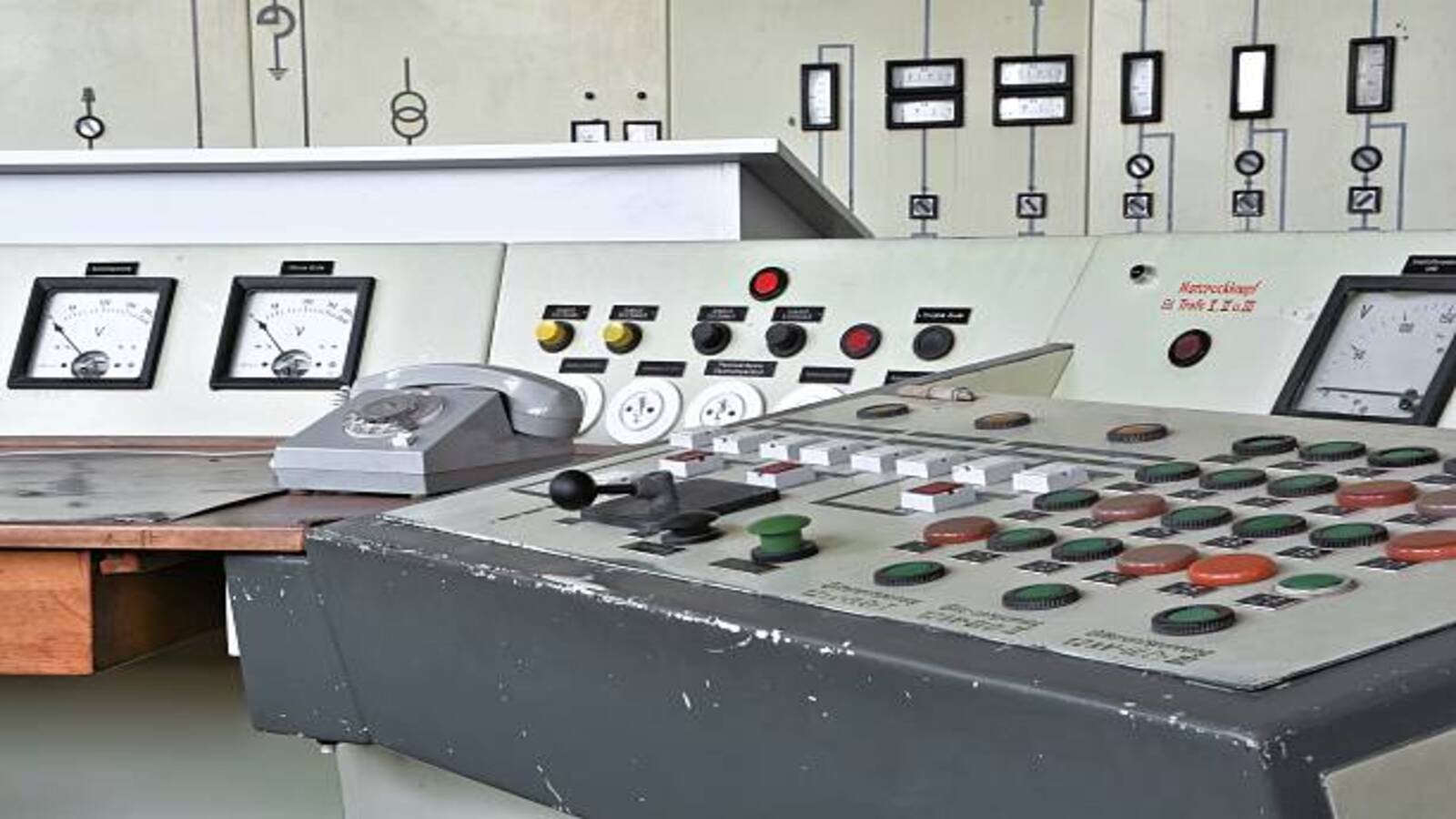The Importance of 3D Printing in Prototyping Switchgear Mechanical Components
Switchgear is an essential component in the power industry. It regulates and controls electricity flows and ensures safety measures during the operation of electric systems. Designing, testing, and prototyping switchgear components can be a challenging task and can involve significant time and resources. 3D printing technology has revolutionized the way switchgear mechanical components are prototyped and tested, making the process more affordable and efficient.
What is 3D Printing?
3D printing, also known as additive manufacturing, is a process of creating three-dimensional objects based on digital designs. It involves the successive layering of material until the final object is formed. 3D printing has gained tremendous popularity in recent years and is used in various industries, including aerospace, automotive, healthcare, and more.
Benefits of 3D Printing in Prototyping Switchgear Mechanical Components
3D printing has several advantages that make it ideal for prototyping switchgear mechanical components. One of the most significant advantages is speed. Traditional prototyping methods can take weeks or even months to produce a single part, whereas 3D printing can produce the same component in a matter of hours. This speed allows for quicker testing and iteration of designs, ultimately leading to better products.
Another benefit of 3D printing is cost savings. Traditional prototyping methods involve multiple iterations, which can be expensive when using traditional manufacturing processes. 3D printing dramatically reduces the costs associated with prototyping switchgear mechanical components, making it an affordable option for manufacturers of all sizes.
Types of 3D Printing Technology
There are several types of 3D printing technology available, each with its strengths and weaknesses. The most common types of 3D printing technology include:
Fused Deposition Modeling (FDM)
FDM is a 3D printing technology that involves the heating of plastic filaments and melting them to form layers. This technology is affordable and easy to use, making it ideal for prototyping switchgear mechanical components.
Stereolithography (SLA)
SLA is a 3D printing technology that uses a liquid resin that is cured with a laser to form the desired shape. This technology produces high-resolution and accurate parts, making it ideal for switchgear components that require precise measurements.
Selective Laser Sintering (SLS)
SLS is a 3D printing technology that involves fusing powdered material with a laser. This technology can produce complex geometries and can be used to create parts with high mechanical strength.
Applications of 3D Printing in Switchgear Manufacturing
3D printing has several applications in switchgear manufacturing. One of the most common applications is the prototyping of switchgear mechanical components. 3D printing allows manufacturers to quickly produce high-quality prototypes, which can be tested and iterated multiple times. 3D printing can also be used for the production of low-volume switchgear components, helping manufacturers save time and money.
Future of 3D Printing in Switchgear Manufacturing
The future of 3D printing in switchgear manufacturing looks promising. As the technology continues to advance, 3D printing is expected to become more affordable and accessible to manufacturers. This will lead to the widespread adoption of 3D printing in switchgear manufacturing, ultimately leading to better products and increased efficiency in the industry.
Conclusion
3D printing technology has revolutionized the way switchgear mechanical components are prototyped and tested. The benefits of 3D printing, including cost savings and speed, make it an ideal choice for manufacturers looking to produce high-quality switchgear components quickly and efficiently. As the technology continues to advance, we can expect to see more widespread adoption of 3D printing in the switchgear industry.

